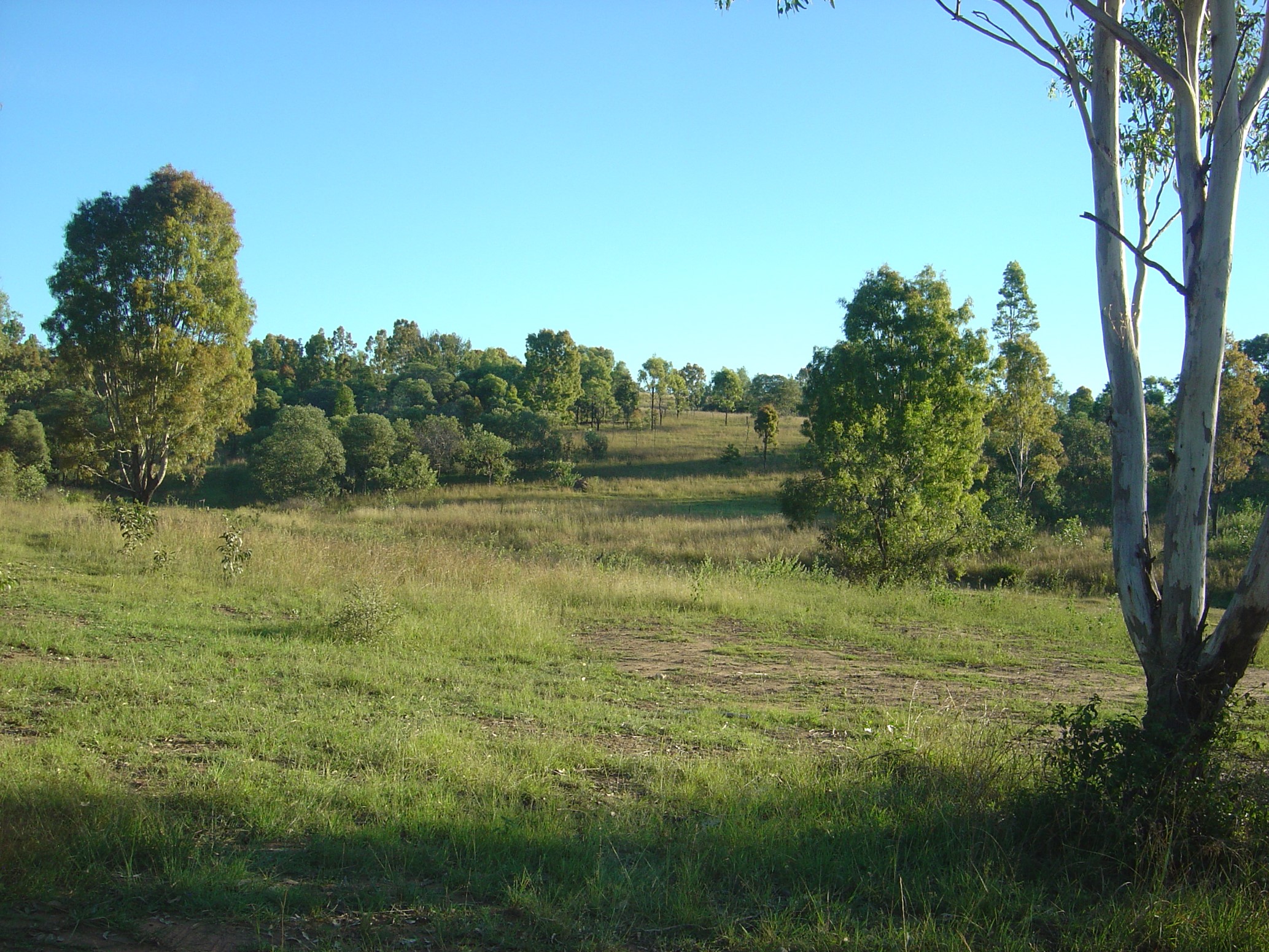Background
Landscape modification by human land use has resulted in landscapes worldwide being dynamic mosaics of elements of cleared matrix, and remnant and regrowth vegetation. Landscape modification has a pervasive influence on biodiversity, including on both fauna and their habitat (Fischer & Lindenmayer 2007). As landscapes are modified, core remnant habitat can decrease or become unsuitable and the nature of regrowth vegetation and matrix attributes becomes increasingly important (Brady et al. 2011), although the effect varies between taxa (Barlow et al. 2007).
Some regrowth types can have higher conservation value for some taxa than remnant areas (Lindenmayer et al. 2012). However, the influence of each landscape element on the other, and impacts of management remains poorly understood. For example, regrowth and matrix vegetation can vary in age, structure and habitat quality, also potentially influencing habitat quality of remnant vegetation through influencing resource availability and movement of organisms throughout the entire landscape (Jules & Shahani 2003).
Attributes such as vegetation structural complexity and species composition that influence the value of habitat for wildlife can be influenced by recent and historical management (Brady et al. 2009) including grazing, fire regimes, weed management and other vegetation management and landscape restoration activities.
Aims
- To determine how faunal diversity and abundance, vegetation composition and habitat features differ in remnant, regrowth and cleared grassland sites
- To investigate how attributes of regrowth and matrix vegetation affect faunal diversity and abundance within remnant vegetation, and vice versa
- To investigate relationships between successional pathways, management actions (for e.g. fire, grazing manipulation, weed control, planting, thinning) and biodiversity across whole landscapes.

Methodology
Permanent study sites will be established in adjacent remnant, regrowth and cleared grassland. Various landscape scale attributes will be controlled, such as amount and position of remnant and regrowth vegetation in the landscape, while other attributes such as age, history and management of regrowth and matrix areas will be varied along gradients.
Long-term monitoring will allow assessment of changes in faunal diversity and abundance with changes in vegetation attributes and restoration and land management activities.
A range of wildlife detection methods (for e.g. cameras; hair funnels; detection dogs; transect counts; pitfall, cage and Elliott traps) will be used. Vegetation surveys and habitat assessments will be undertaken across all landscape elements.
Expected outcomes
Research outcomes in complex landscapes can suffer from a paucity of long-term research, especially as impacts of landscape modification and management operate over both spatial and temporal scales.
An understanding of both short and long-term effects, and the factors that change conservation value of different elements of landscape mosaics can contribute to optimising proactive landscape management.
Effective management of landscape disturbance and biodiverse habitat is needed for threatened species conservation and human land use to harmoniously coexist.
References
Barlow, J, Gardner, TA, Araujo, IS, Avila-Pires, TC, Bonaldo, AB, Costa, JE, Esposito, M., Ferreira, LV, Hawes, J, Hernandez, MIM, Hoogmoed, MS, Leite, RN, Lo-Man-Hung, NF, Malcolm, JR, Martins, MB, Mestre, LAM, Miranda-Santos, R, Nunes-Gutjahr, AL, Overal, WLP, Peters, SL, Ribeiro-Junior, MA, da Silva, MNF, da Silva Motta, C, Peres, CA, (2007). ‘Quantifying the biodiversity value of tropical primary, secondary, and plantation forests’, Proceedings of the National Academy of Sciences USA, vol. 104, pp. 18,555-60.
Brady, M, McAlpine, CA, Miller, CJ, Possingham, HP & Baxter, GS, (2009). ‘Habitat attributes of landscape mosaics along a gradient of matrix development intensity: matrix management matters’, Landscape Ecology, vol. 24, no. 7, pp. 879-91.
Brady, M, McAlpine, CA, Possingham, HP, Miller, CJ & Baxter, GS, (2011). ‘Matrix is important for mammals in landscapes with small amounts of native forest habitat’, Landscape Ecology, vol. 26, pp. 617-28.
Fischer, J & Lindenmayer DB, (2007). ‘Landscape modification and habitat fragmentation: a synthesis’. Global Ecology and Biogeography, vol. 16, pp. 265-80.
Google Earth, 2016. Old Hidden Vale, lat. -27.727818° long. 152.422298°, elevation 236 m, viewed 12 March 2017, <http://www.google.com/earth/index.html>
Jules, ES & Shahani, P, (2003). ‘A broader ecological context to habitat fragmentation: Why matrix habitat is more important than we thought’, Journal of Vegetation Science, vol. 14, pp. 459-64.
Lindenmayer, DB, Northrop-Mackie, AR, Montague-Drake, R, Crane, M, Michael, D, Okada, S & Gibbons P, (2012). ‘Not All Kinds of Revegetation Are Created Equal: Revegetation Type Influences Bird Assemblages in Threatened Australian Woodland Ecosystems’, PLoS One, vol. 7, no. 4, e34527.




